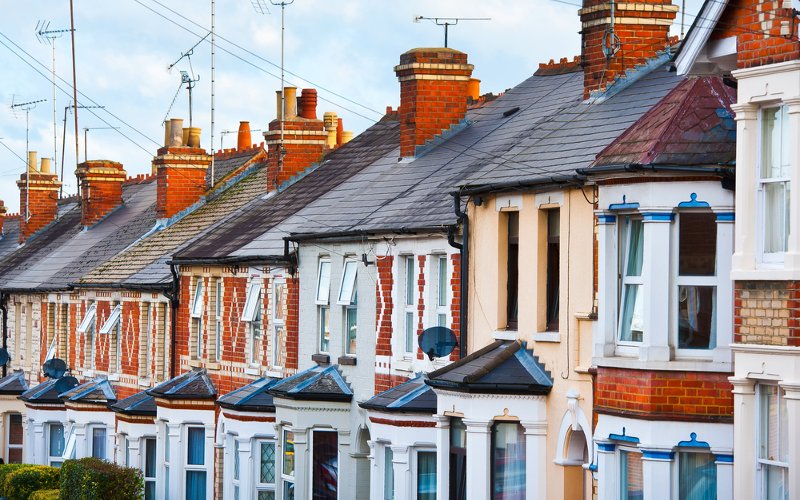The number of long-term vacant properties roseby5.3% to 216,186in 12 months to October 2018 according to the latest MHCLG figures, following a 2.6% rise the previous year. Prior to this, the number of long-term vacant properties had dropped every year since 2008.

The number of empty homes across England has risen for the second year running, representing£53.6bn worth of vacant stock, analysis by modular homes provider Project Etopia has found.
The number of long-term vacant properties roseby5.3% to 216,186in 12 months to October 2018 according to the latest MHCLG figures, following a 2.6% rise the previous year. Prior to this, the number of long-term vacant properties had dropped every year since 2008.
Joseph Daniels, chief executive of Project Etopia, said: “This remains a national scandal that isn’t going away, pointing to a collective failure to really get to grips with this problem.
“The stubbornly high number of empty homes is compounding the housing market’s deeply entrenched problems with lack of supply remaining a key driver of high prices and low affordability.
“New homes are not being built fast enough and the constant spectre of abandoned properties aggravates an already tough market, particularly for first-time buyers who desperately want to claim the keys to their first property.”
Of all towns and cities in England, Portsmouth saw the biggest percentage rise in long-term empty homes last year, with 101.5% more properties standing empty, totalling 939.
Hartlepool saw the second biggest rise, 53.8% to 726, while Eastbourne posted the third largest increase, 48.4% to 518.
Birmingham had the highest overall number in the country with 4,283long-term vacant homes, barely changed on the previous year and rising just 0.07%, followed by Durham with 4,130 and Bradford with 4,090.
Across England, long-term vacant homes, those that have been empty for at least six months, are worth a collective £53.6bn.
London has also seen another rise in the number of long-term empty homes, its second increase since 2009. The total number of long-term vacant properties in the capital grew 11.1% to 22,481 in 2018 — representing £10.7bn worth of property.
Southark(1,766 vacant properties) has replaced Croydon (1,521) in top spot, which has dropped down to 10th. City of London is second with 244 empty homes (a 54.4% rise) and Sutton is third with 686, a 46% rise.
Southark has seen the biggest rise of any borough in the top 10, with a surge of 56.6%.



